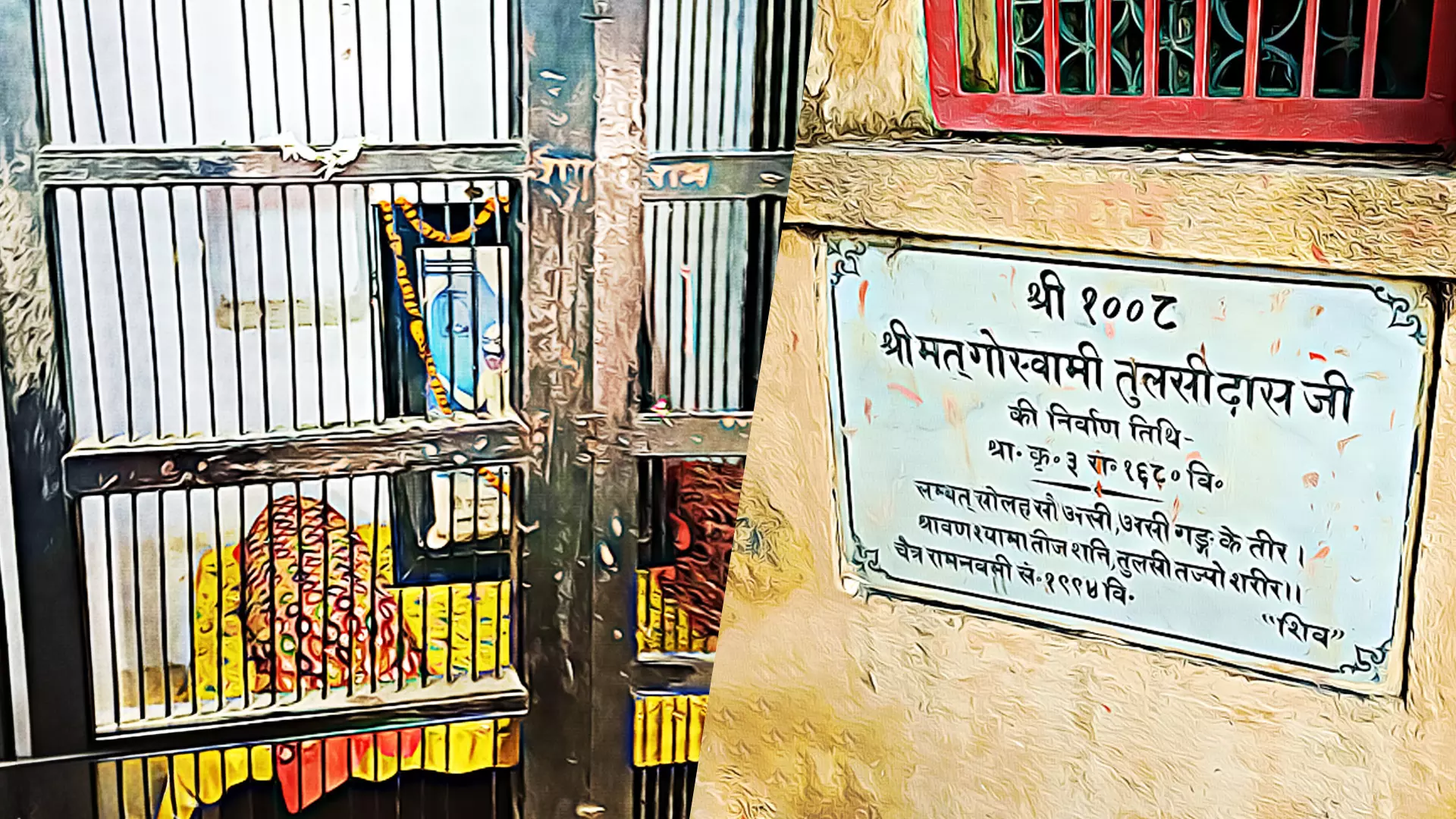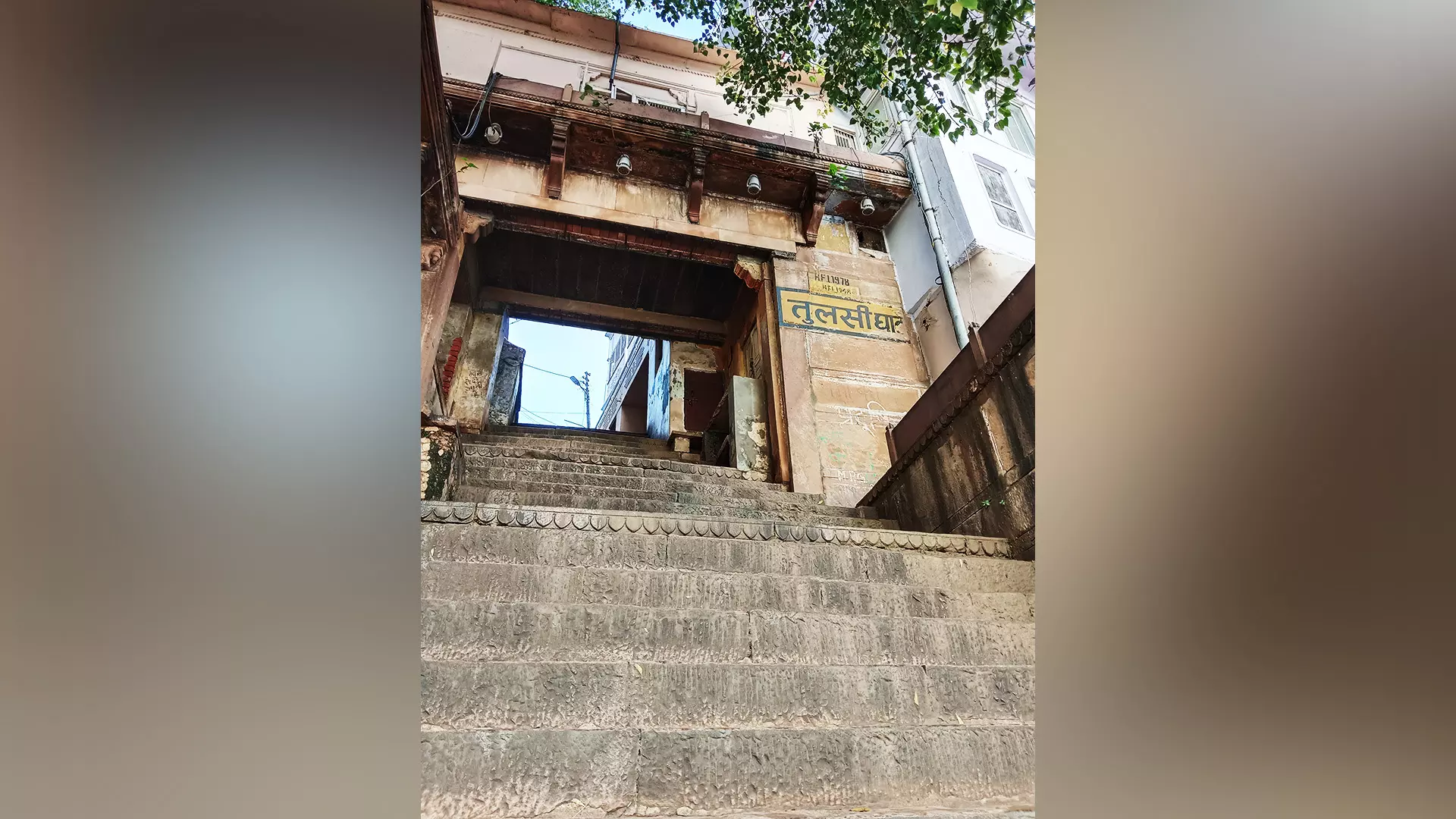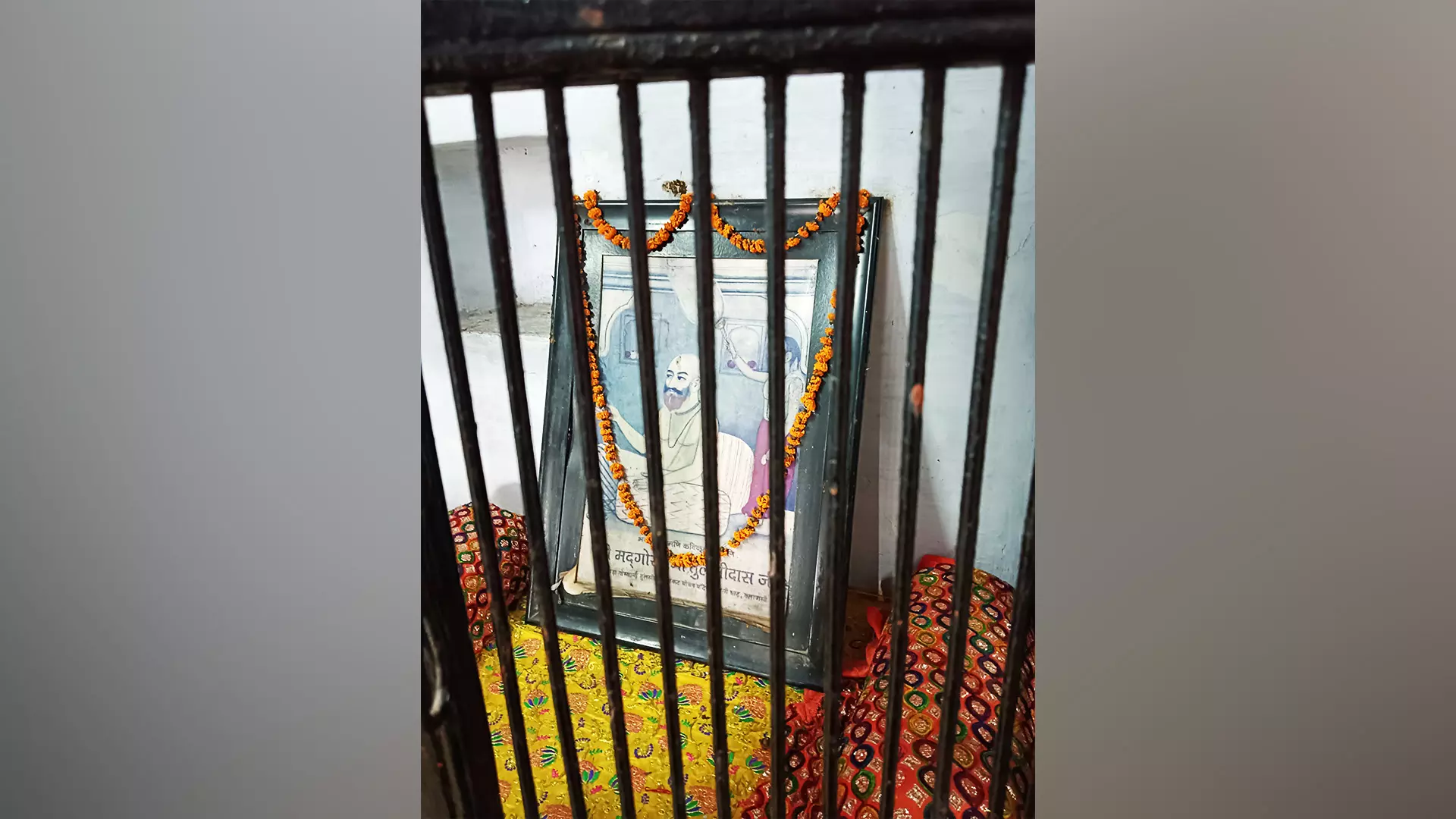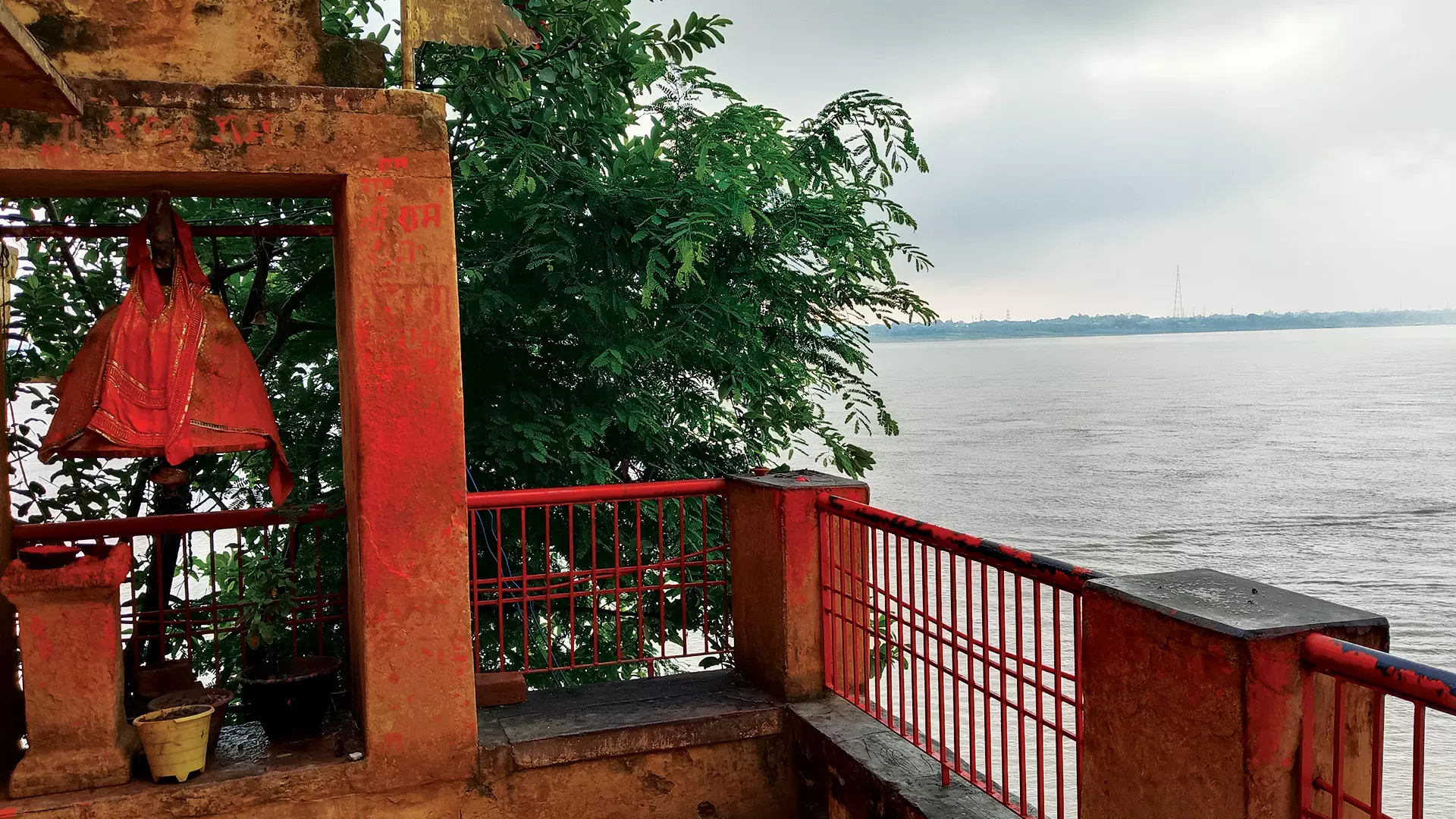
- Home
- India
- World
- Premium
- THE FEDERAL SPECIAL
- Analysis
- States
- Perspective
- Videos
- Sports
- Education
- Entertainment
- Elections
- Features
- Health
- Business
- Series
- In memoriam: Sheikh Mujibur Rahman
- Bishnoi's Men
- NEET TANGLE
- Economy Series
- Earth Day
- Kashmir’s Frozen Turbulence
- India@75
- The legend of Ramjanmabhoomi
- Liberalisation@30
- How to tame a dragon
- Celebrating biodiversity
- Farm Matters
- 50 days of solitude
- Bringing Migrants Home
- Budget 2020
- Jharkhand Votes
- The Federal Investigates
- The Federal Impact
- Vanishing Sand
- Gandhi @ 150
- Andhra Today
- Field report
- Operation Gulmarg
- Pandemic @1 Mn in India
- The Federal Year-End
- The Zero Year
- Science
- Brand studio
- Newsletter
- Elections 2024
- Events
- Home
- IndiaIndia
- World
- Analysis
- StatesStates
- PerspectivePerspective
- VideosVideos
- Sports
- Education
- Entertainment
- ElectionsElections
- Features
- Health
- BusinessBusiness
- Premium
- Loading...
Premium - Events

When Goswami Tulsidas (1532-1623) wrote Shri Ramcharitmanas in Awadhi, literary historians say, the saint-poet wanted the epic, Ramayana, to reach the masses, mostly the sidelined and oppressed in society.Considered one of the best poetic works in the Indian Bhakti tradition, Ramcharitmanas has triggered many controversies, particularly when it comes to the stand taken by Tulsidas on...
When Goswami Tulsidas (1532-1623) wrote Shri Ramcharitmanas in Awadhi, literary historians say, the saint-poet wanted the epic, Ramayana, to reach the masses, mostly the sidelined and oppressed in society.
Considered one of the best poetic works in the Indian Bhakti tradition, Ramcharitmanas has triggered many controversies, particularly when it comes to the stand taken by Tulsidas on ‘varna’ system (a social stratification based on caste), a number of times. For instance, in Sunder Kaand, the epic says, “Dhol, Gawanr, Shudra, Pashu Nari; Ye sab he Tadan ki Adhikar (drums, boors, shudras, animals and women, all are fit to be beaten).

People can be heard reciting Ramcharitmanas across Tulsi Ghat easily.
Despite its popularity, many have criticised the epic’s text for being problematic.
In January, Bihar education minister Chandrashekar openly said the epic poem written by Tulsidas spread hatred in society. The statement made by the minister created a furore.
Such controversies, however, it seems, don’t disturb the calm and quiet atmosphere of the Tulsi Ghat by the banks of Ganga in Varanasi where the poet is supposed to have completed the epic poem. If one takes a walk along the ghat, one can hear people recite the chaupais, quatrain verses, from Ramcharitmanas. It shows the relevance the poem, supposed to have been composed in the 16th century, holds even today. A temple for Hanuman stands testimony to the fact, with a wall full of Hanuman Chalisa, a devotional hymn in praise of lord Hanuman, inscribed on it. A hand-written manuscript of Ramcharitmanas was stolen from the Hanuman temple premises on Tulsi Ghat in 2011. However, the police managed to recover it after six months, and the rare manuscript has been kept in a locker since then.
Inside the building (a later addition), many sketches of Tulsidas hang from the wall. A pair of ‘paduka’ (clogs), a piece of Tulsidas’ boat and pillows supposed to have been used by the poet are kept in a room with tiny wooden doors. Tulsi Ghat is not crowded like many other ghats in Varanasi and it maintains a charm of its own. “Even though there are 84 ghats by the banks of Ganga in Varanasi, Tulsi Ghat is my favourite. It is very calm and quiet. I come here and sit reciting my favourite lines from Ramcharitmanas. It is a great feeling,” says Vivek Chandra, a Hindi teacher from Lucknow.
Asked about the relevance of Tulsidas, he said, “Tulsidas’ choice of ‘Awadhi’ dialect itself shows that he wanted his work to reach the masses. It was a challenge, particularly when Sanskrit remained the language of the so-called elite. His was a bold attempt to place Valmiki’s Ramayana in a more cultural and social context of the 16th century,” he added.

A sketch of Tulsidas at Tulsi Ghat in Varanasi.
Ramcharitmanas is not a word-to-word translation of the epic Ramayana, written in Sanskrit by Valmiki. It is a retelling of the epic based on the life of lord Ram, whom Tulsidas venerated. Some scholars believe that even though Tulsidas recognised the “varnasrama dharma”, he succeeded in creating a new poetic idiom with fresh dimensions of imagination which helped radicalise the practice of poetry. Tulsidas is a major voice in the tradition of Bhakti poetry and he is mainly known to have created a new kind of poetic language that later energised Hindi poetry in general, according to renowned poet and critic K Satchidanandan.
He said even those who are critical of some of the positions taken by Tulsidas are quite appreciative of the way he used language, of the way he innovated the poetic idiom in the language. “This might sound like a contradiction but there is some truth in that. True, he was perhaps one of the very few Bhakti poets who supported ‘varnasrama dharma’, while almost all other major Bhakti poets rejected the ‘chaturvarna’ theory. They were also against caste system and all kinds of hierarchies that existed in those days. Tulsidas was in that way more open to the idea of ‘varnas’. So politically, one can be very well critical of Tulsidas, I mean the position he took even though that was not a very rare kind of position at that time when he wrote. But still his stand on the varna system was at variance with most other Bhakti poets. Despite all this, even his worst critics agree that he (Tulsidas) created a new kind of idiom for poetry in Hindi,” said Satchidanandan.
Like Homer and Kalidas, Tulsidas is also a subject of controversy, regarding his birthplace, year, name, according to Prabhakar Machwe (1917-1991), a renowned writer and linguist. “But it is pointless to carry on discussing whether he was a Saryuparia Brahmin, or a Sanadhya; whether he was born in Rajapur, or Soraon; whether his real name was Harbola or Rambola. It should be enough that he created this immortal epic, which places him in the category of world poets,” said Machwe.
Many were not able to learn Sanskrit in which the epic Ramayana was originally written mainly due to the social and cultural barriers that existed. A great poet, or world poet, takes up the poetical and cultural ethos which he inherits and enlarges and deepens it. “Tulsidas did this so successfully that (English indologist) George Grierson rightly called him the greatest leader and creator of popular sentiment in India after the Buddha. Before Tulsidas, Ram’s story had not been told in Hindi poetry in any great detail. One great reason why Tulsidas must be considered a world poet is that he brought a subject which in Sanskrit was meant only for the elite, to the common people in their language,” Machwe wrote in an article published in a journal titled Triveni.

The Hanuman temple at Tulsi Ghat.
Ramcharitmanas is divided into seven parts (kands) — Bal Kaand, Ayodhya Kaand, Aranya Kaand, Kishkindha Kaand, Sunder Kaand, Lanka Kaand and Uttar Kaand. “The language of this book is Avadhi, the local language spoken by the common people of Avadh Prant (Faizabad and Lucknow district of Uttar Pradesh). It is written in doha and chaupai (couplets and quatrain verses), common poetic tools used by most Hindi poets of the middle-age. The words and sentences of this book are so simple that a common man or a lesser qualified person can also read and understand. It is also in the form of rhyme which makes it the most popular as it can be sung,” writes Reetudhwaj Singh in his paper titled ‘Socio Political Study of Ramcharitmanas’ published in ResearchGate.
Tulsidas was a poet constantly on the move. He moved from one place to the other, crisscrossing the religious hubs of mediaeval India. A boat gets ready with devotees to take a cruise along the river. They say ‘you can’t step into the same river twice’. True, a lot of water might have flown into the sea since the 16th century when Tulsidas composed his masterpiece Ramcharitmanas. It has been long, but people still come to the ghat where the poet once lived. And this invisible connection makes the poet and his work stand the test of time.

